Ranks & Insignias
United States Army Ranks & Insignias (USA)
-
2nd Lt
O-12nd Lt -
Recruit
Enlistees are given this rank upon their induction into service. To be inducted, an enlistee must pass the enlistment process which includes several written questionnaires, a voice interview on TeamSpeak, and evidence of having the required software. Once inducted, the RCT is slotted into the training platoon and scheduled for Basic Combat Training. Recruit and Private are the two entry level ranks for the unit.
Enlisted with the 2nd Ranger Battalion, 75th Ranger Regiment.
E-1RCT -
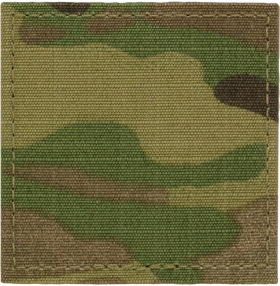
Private
Privates have completed Basic Combat Training and are awaiting completion of Ranger Assessment and Selection Program (RASP). They are also encouraged to attend qualifications and schools if available.
E-1PV1 -
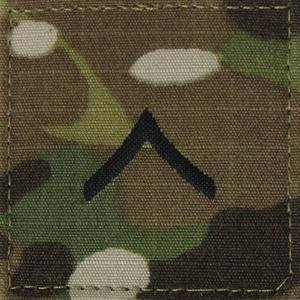
Private Second Class
Private Second Class is the rank obtained when all Entry Level Training has been completed. ELT consists of Basic Combat Training and Ranger Assessment and Selection Program.
E-2PV2 -
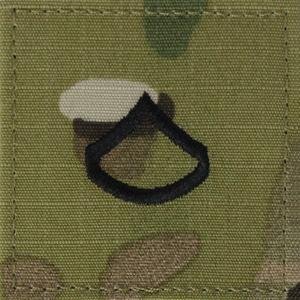
Private First Class
Private First Class is a solider who has a few weeks of experience in the unit and can successfully carry out orders.
E-3PFC -
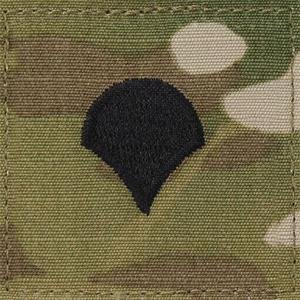
Specialist
A Specialist is a basic soldier who has earned experience in Squad and DMOS activities, participated in competitive combat operations, and is a proven asset to the Squad.
E-4SPC -
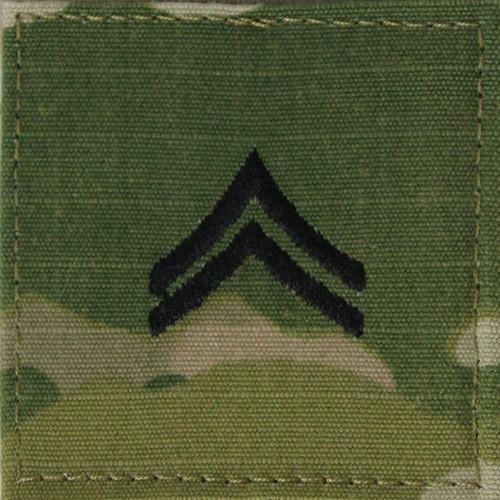
Corporal
Corporal is not just a rank. It is the doorway to the NCO Corps. Corporals have established themselves as having leadership potential and worthy of consideration as a future Squad Leader.
E-4CPL -
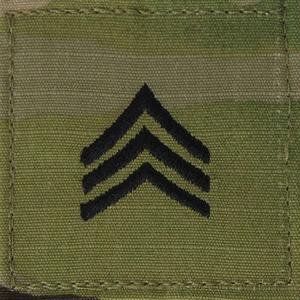
Sergeant
The rank of Sergeant is the entree to a hallowed fraternity. Sergeants run the Army, of that there can be no doubt. A Sergeant is a proven leader and can lead a Chalk or even a Squad if necessary, as well as serve as NCOIC of a DMOS. The Sergeant is where the axe meets the stone.
E-5SGT -
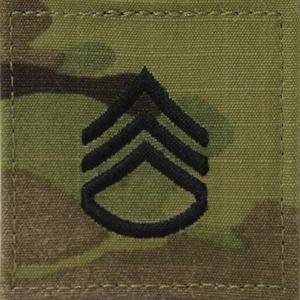
Staff Sergeant
The Staff Sergeant is a proficient and reliable Squad Leader. His leadership is crucial to the health of the regiment. Not only does the Staff Sergeant excel in Squad leadership, he also shows the ability to assist the Platoon Sergeant or even serve as one if called upon.
E-6SSG -
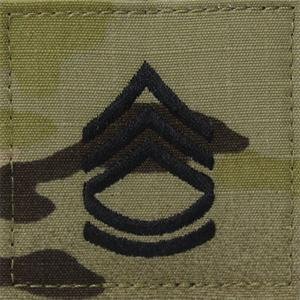
Sergeant First Class
The Sergeant First Class is the Platoon level NCO. He has proven himself not only an excellent Squad Leader in the past, but also an effective Platoon Sergeant. He has become a force to be reckoned with inside the Company and a trusted advisor and counselor to all junior NCOs and Rangers. Sergeants First Class are the very definition of "Senior NCO".
E-7SFC -
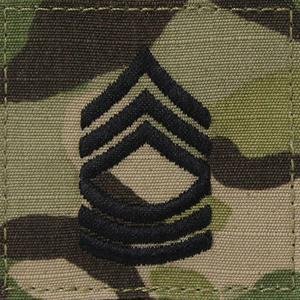
Master Sergeant
The rank of Master Sergeant says it all: Master of the art of leadership. The Master Sergeant serves as the principal NCO in staff elements at company and often higher levels. Although not charged with the enormous leadership responsibilities of the First Sergeant, the Master Sergeant is expected to dispatch leadership and other duties with the same professionalism and to achieve the same results as the First Sergeant.
1) Eight (8) months Time in Service (TIS) overall.
2) Demonstrated success at all levels of NCO leadership.
3) Is an example to be followed in all areas.
4) Ability to assist the Command Staff where necessary.
5) Recommendation from the Commanding Officer of the Regiment.E-8MSG -
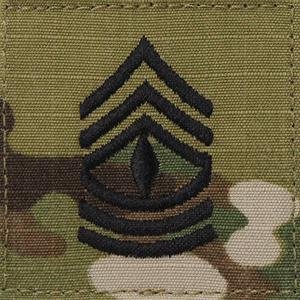
First Sergeant
When you are talking about the First Sergeant you are talking about the lifeblood of the Army. There can be no substitute of this position nor any question of its importance. When First Sergeants are exceptional, their units are exceptional, regardless of any other single personality involved. Perhaps their rank insignia should be the keystone rather than the traditional diamond. It is the First Sergeant at whom almost all unit operations merge. The First Sergeant holds formations, instructs platoon Sergeants, advises the Commander, and assists in training of all enlisted members.
E-81SG -
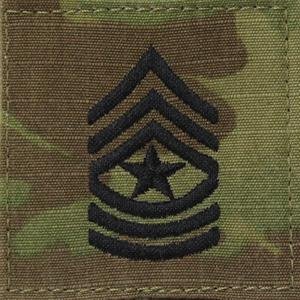
Sergeant Major
The Sergeant Major is the principal Senior NCO of the Battalion. With a background of excellence in all areas of leadership including Company First Sergeant, the Sergeant Major represents the height of accomplishment in the NCO Corps. The Sergeant Major can move mountains, part the skies and place his boot where he wishes.
E-9SGM -
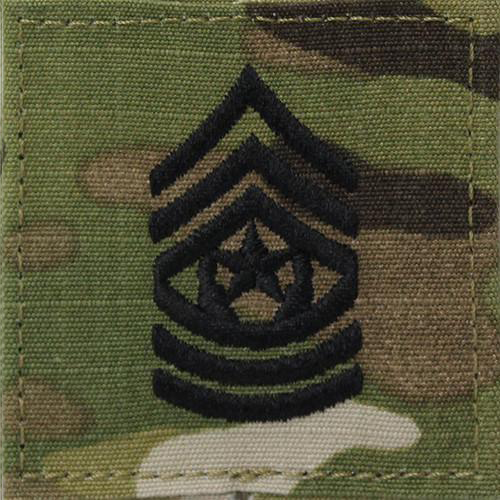
Command Sergeant Major
The Command Sergeant Major is the commanding senior NCO of any command element. With a background of excellence in all areas of leadership including Company First Sergeant, the Command Sergeant Major represents the height of accomplishment in the NCO Corps. The Command Sergeant Major is a beast of his own and not to be trifled with.
E-9CSM -
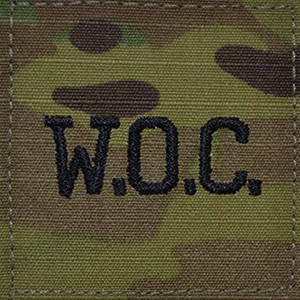
Warrant Officer Candidate
Aviation Center of Excellence (Aviation School) is the U.S. Army's main training academy for prospective Warrant Officers. The school is generally open to qualified enlisted personnel. Candidates who successfully complete the rigorous training curriculum receive formal commissions as U.S. Army Warrant Officers.
E-5WOC -

Warrant Officer 1
Appointed by warrant from the Secretary of the Army, Warrant Officer 1's are technically and tactically focused officers who perform the primary duties of technical leader, trainer, operator, manager, maintainer, and adviser.
W-1WO1 -
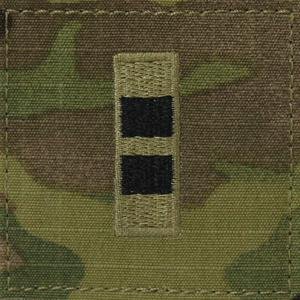
Chief Warrant Officer 2
Chief Warrant Officers become commissioned officers by warrant as determined by the President of the United States. Chief Warrant Officers are intermediate level technical and tactical experts who perform increased duties and responsibilities at the detachment through battalion levels.
W-2CW2 -
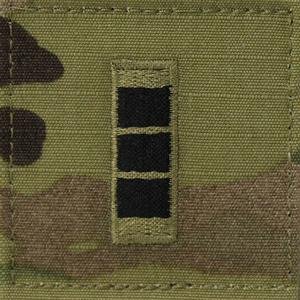
Chief Warrant Officer 3
Advanced-level experts who perform the primary duties that of a technical and tactical leader. They provide direction, guidance, resources, assistance, and supervision necessary for subordinates to perform their duties. CW3s primarily support operations levels from team or detachment through brigade.
W-3CW3 -
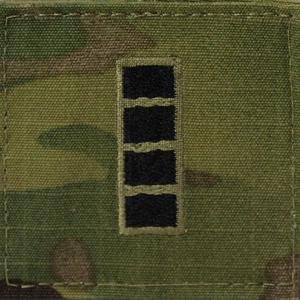
Chief Warrant Officer 4
Senior-level experts in their chosen field. They primarily support battalion, brigade, division, corps, and echelons above corps operations. CW4s typically have special mentorship responsibilities for other WOs and provide essential advice to commanders on WO issues.
W-4CW4 -
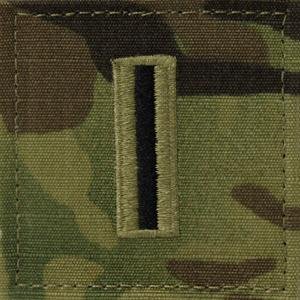
Chief Warrant Officer 5
Master-level technical and tactical experts that support brigade, division, corps, echelons above corps, and major command operations. They provide leader development, mentorship, advice, and counsel to WOs and branch officers. CW5s have special WO leadership and representation responsibilities within their respective commands.
W-5CW5 -
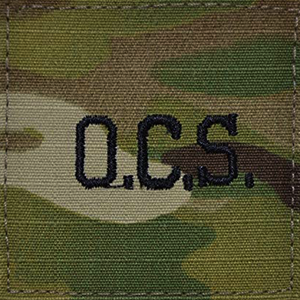
Officer Candidate
Officer Candidate School (OCS) is the U.S. Army's main training academy for prospective Army Officers. The school is generally open to qualified enlisted non-commissioned officers. Candidates who successfully complete the training and selection, receive formal commissions as U.S. Army Officers and assume the ability to command Soldiers.
E-5OCS -
Second Lieutenant
As the PV2 is the junior soldier and the CPL is the junior NCO, the Second Lieutenant is a junior Commissioned Officer, learning what it means to no longer wear stripes. Second Lieutenants are freshly minted Platoon Leader, and do well to take heed the advise of their Platoon Sergeant & First Sergeants. They also have a seat at the table of Command Staff, but also do well to listen more than speak.
O-12LT -
First Lieutenant
The First Lieutenant has proven him/herself as a competent Platoon Leader and a trusted part of Command Staff. He has earned the confidence of his soldiers and continues to improve his Platoon, Company and the Regiment as a whole.
O-21LT -
Captain
To be promoted to Captain is to be the standard of excellence as a Company Commander and an Officer. The Captain enjoys universal respect from his soldiers and fellow Officers and has made the Regiment a better place because his Company has been made ever stronger.
O-3CPT -
Major
The Major is a Field Grade officer, one who is proven at all levels and can now be trusted with responsibilities that span the whole Regiment. The Major can serve as the Battalion Commander, Regimental Staff Officer, or even Regimental Executive Officer. All eyes are on the Major, for he assists the leadership of the Regiment in all areas.
O-4MAJ -
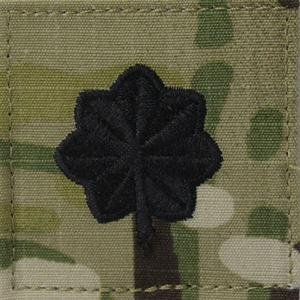
Lieutenant Colonel
The Lieutenant Colonel has proven himself as the Regimental Executive Officer, serving at the Commanding Officer's right hand, and even in his stead when necessary. The LTC, as Executive Officer, oversees all day to day operations and activities of the Regiment at the direction of the Commanding Officer. His is a trusted and wise voice in the Command Staff as well, always assisting his Company Commanders and other junior officers.
O-5LTC -
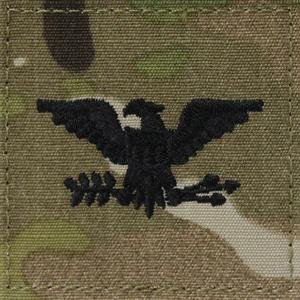
Colonel
The Colonel has one job only: to Command the Regiment. His is the final word on all things. His responsibility is all encompassing and all consuming. In short, he signs the checks.
O-6COL

